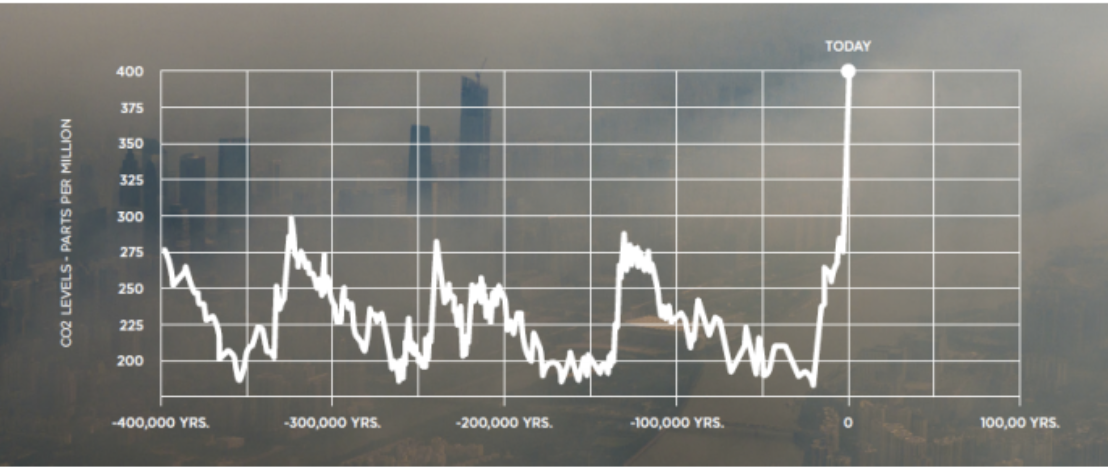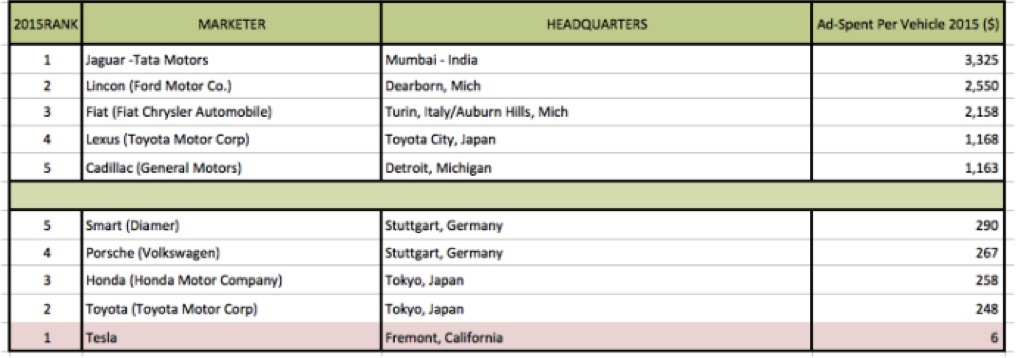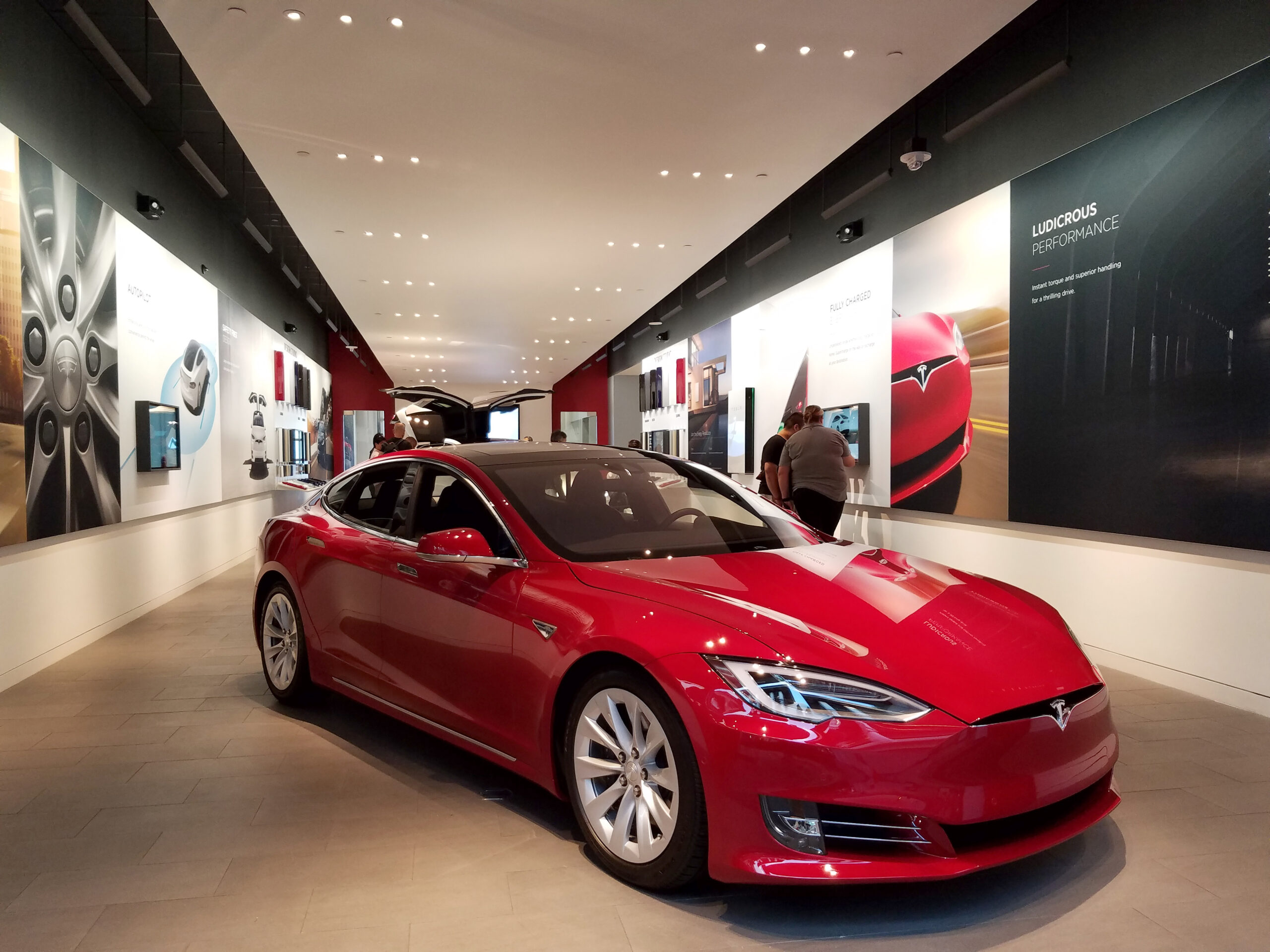Electric cars are popping up more and more on our highways, streets, and neighborhoods (you may even own one yourself). While a variety of big auto manufacturers have released new electric or hybrid cars in recent years, by far the most popular and well-known brand is Tesla.
Founded in 2003 by Elon Musk, Tesla designs and manufactures electric cars, as well as battery energy storage, solar panels, solar roof tiles, and related products and services. The company positions itself as a “clean energy company” — a stark departure from traditional automotive manufacturing.
Although Tesla has become a household name, how exactly did the company not just innovate but disrupt an entire global industry? You’re about to find out!
A Stagnant Automotive Industry
While the electric car is not a new invention, it’s certainly been in hibernation for roughly 100 years under the combustion engine’s dominance. Electric vehicles have been in existence since the 1800s and hit their first “Golden Age” in what’s referred to as the automobiles’ “Brass Era,” a time period from 1896-1915.
During that time, electric cars held a significant market share in the fledgling automotive industry, alongside steam-powered and combustion engine-powered vehicles. The car, which was still thought of as a “horseless carriage,” was just beginning to become a product for the masses. At the time it was unclear which powertrain would become dominant: electric, steam, or combustion.
Ultimately, the combustion engine would defeat steam and electric powertrains as the dominant choice and would hold its dominance for at least 100 years to the present day. During that time, the worldwide automotive industry concentrated on perfecting the combustion engine.
Fine-tuning every detail of its many components to fit the desired purpose. After over 100 years of what’s essentially been unchanged principles of combustion engines, stagnation certainly set in.
The last five years have once again pressed the pedal of innovation in the auto industry, where great leaps have been made in a relatively short amount of time. Those leaps have not been with combustion powertrains, but with electric powertrains. We’re living in a new Golden Age of the automobile, and Tesla is the golden child.
Drivers Want Sustainability and Performance
The tastes of consumers can change with the passage of time. The desire for performance has always been important to drivers. However, there’s a new factor that today’s consumer finds just as crucial as performance — and that’s sustainability.
Doing more with less, and doing it in an eco-friendly way is vital to today’s consumers. Tesla has had their finger on that pulse for nearly 20 years, back when the consumer demand for sustainability was still in its infancy. Today, Tesla is the hallmark for sustainability innovation.
And then there’s that long-standing desire for performance. Whether it’s energy efficiency or mind-blowing speed, Tesla has those performance boxes checked. Their carefully designed cars minimize drag coefficient, allowing the vehicles to cut through the air as efficiently as possible. This efficiency offers an unparalleled driving range between charges.
One important aspect that electric vehicles have over the fastest combustion engine vehicles is instant torque, which brings us to the other aspect of the performance equation. A Tesla develops its torque immediately.
Compared to a Ferrari or Lamborghini, their combustion engines develop torque as the engine runs through a number of gears, which means there’s a delay in how quickly maximum torque is developed. The result is that a Tesla will out-accelerate the old guard “supercars” of the world.
A Car Company with a Mission
Tesla’s mission is at the heart of everything that they do. Their mission, “To accelerate the world’s transition to sustainable energy” is accompanied by the Carbon Dioxide chart below. Tesla is now not just a fun car to drive, it’s about helping the environment and reducing our impact on this earth. (Source Climate.gov)

Because of this mission and having the marketing built into the product, Tesla spends significantly less on advertising each car compared to all other car companies. The below chart shows the Average Ad Spend Per Vehicle sold – The top and bottom five spenders in the US measure-media spending divided by vehicles sold. As you can see, Jaguar, Lincoln, and Fiat spent around $2,100 to $3,300 in advertising media per vehicle sold. Whereas Tesla spent $6 on media advertising per vehicle sold.
 Tesla Delivers by Redefining Electric Cars
Tesla Delivers by Redefining Electric Cars
Neither Ford nor Tesla were the first to make their types of automobiles, but they were the first to successfully make them available to the masses. Tesla has done so in its own unique way. While being innovators of technological efficiency, the electric carmaker has branded itself with a fun, humorous character all its own.
For instance, Tesla has a drive mode called “Insane Mode.” This mode allows for maximum power to be delivered for the purpose of highest acceleration and top speed. Merely referring to it as “Insane” tells you all that you need to know about Tesla as a company. It’s hard to imagine old-school carmakers referring to anything in their vehicles as “insane.”
Some Teslas also feature a “dancing light show” where automatically the doors of the vehicle open and close, the lights flash, and music blasts, all in synchrony. Only Tesla would think of such a completely useless, wonderful thing that’s sure to put a smile on your face.
In summary, Tesla demonstrates the ground-breaking power of combining disruptive innovation with storytelling that connects on a deeper human level.
Ready to develop a disruptive strategy that will shake up your industry? Schedule a consultation with Mavericks Marketing today!



